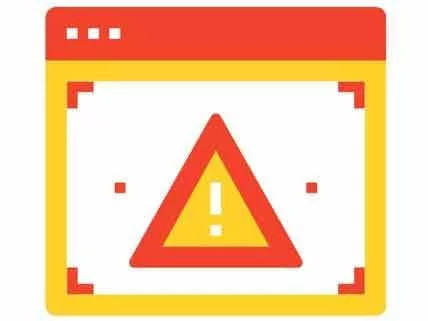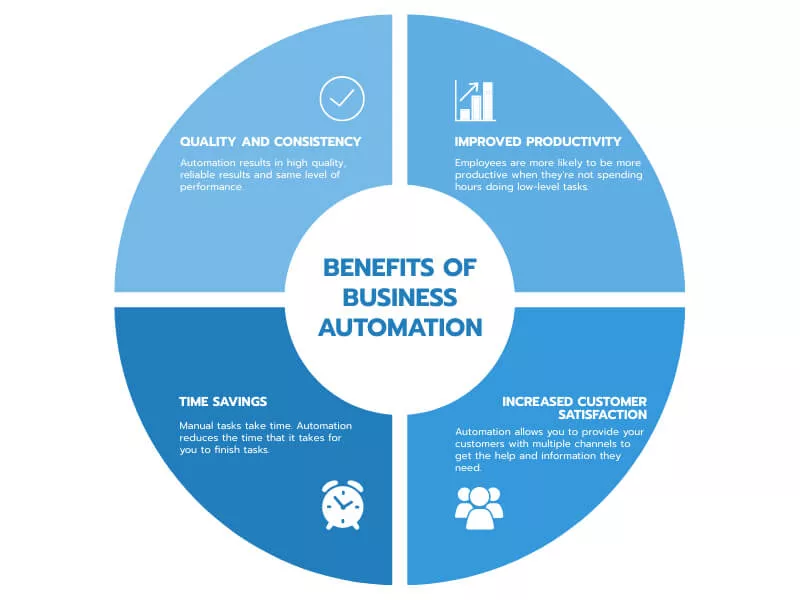It doesn’t take an earthquake to shake things up. It could be one suspicious download or a badly placed cup of coffee, and bye bye data! Are you ready? Do you have an IT disaster recovery plan?
5 Things Your IT Disaster Recovery Plan Should Cover
Getting knocked off the radar without any warning is not a sci-fi horror story. In business, this is a reality that can come knocking anytime thanks to natural disasters and man-made debacles. You can take preventive actions against these, but you cannot stop them from happening entirely. When disaster strikes, having a business disaster recovery plan will be your saving grace.
What is the purpose of a business disaster recovery plan?
It is a procedure that needs to be followed in order to recover and protect the business from the adverse effects of a disaster. It’s made so that when disaster strikes, your business has a clear process and to-dos to maintain a minimum level of service while restoring your organisation to business as usual. A company with a good business disaster recovery plan can avoid the risk of losing customers to competitors, losing funding, etc.
Do you want to know how you can keep your business running even after a disaster? Take the first step to disaster preparedness.
What is disaster recovery plan in information technology?
Businesses use information technology to process information efficiently. We use emails, VoIP, electronic data interchange (for transmitting data such as orders and payments), servers (for storing large amounts of data), laptops and desktop computers (for making and processing electronic information). What if your information technology system stops working?
No matter the size, businesses work with large volumes of electronic information or data every day, and most of the data is vital to the survival and continued operation of the business. The impact of data loss or corruption from hardware failure, human error, hacking or malware could be significant, so it’s important to have a plan for data backup and restoration of electronic information.
What is included in an IT disaster recovery plan?
Having a plan could be the difference between “Bye bye, hard work.” and “Phew! Luckily, we’re prepared!” Unfortunately, not all businesses are prepared when it comes to a disaster. That’s why we recommend developing an IT disaster recovery plan in conjunction with the business continuity plan. During the business impact analysis, develop your priorities and recovery time objectives for information technology. The goal is to develop technology recovery strategies to restore hardware, applications and data in time based on the needs of the business recovery.
Do you want to know how you can keep your business running even after a disaster? Take the first step to disaster preparedness.
What are five major elements of a typical disaster recovery plan?
Just having a plan is not enough. As laws and technology evolve, changes need to be made to your emergency procedures. Here are the five essentials of a business disaster recovery plan:
1. Business Impact Analysis
Most business owners are not sure of the starting point when it comes to IT disaster recovery. A good starting is building a complete spectrum of possibilities in order to identify the potential threats to the business. In this stage you should consider the impact of each threat on your business.
Impacts can be financial, legal, personal or public opinion. A Business Impact Analysis (BIA) helps the business owner assimilate the consequences of disruption and gather information for developing recovery strategies. An effective BIA will help you identify:
• Lost sales income
• Delayed sales income
• Increase in expenses in the form of overtime labour, expediting costs and outsourcing
• Legal regulatory fines
• Contractual penalties
• Loss of contractual bonus
• Customer dissatisfaction
• Delay in new business plans
In short, a BIA will help the business owner in identifying the financial repercussions of disruption. To effectively determine the impact on IT, it is advisable to put each major information system through an impact analysis.
2. Updated Procedures
Sometimes processes change to achieve cost-optimisation and other times the technology itself changes. Whatever be the reason for the change, it needs to be incorporated in your business disaster recovery plan. Tools used for recovery are also constantly evolving. For all you know, there might be a better and more up-to-date tool in the market that meets your recovery requirements better and does so at a lesser cost. If you don’t stay abreast of the changes, you will not come to know of such things in a timely manner. Even out of date plans cost the business. Many times the outdated disaster recovery plan becomes irrelevant and obsolete. A good business disaster recovery plan will be current with the demands of the business.
Do you want to know how you can keep your business running even after a disaster? Take the first step to disaster preparedness.
Applying updated and the latest precautionary tools ensure that your business has the best possible defence against any disruptive threat. For most of the software used in data recovery, you can turn auto updates on. For other things, like IT equipment, recovery procedures you can set reminders or notifications to check for updates. Even the recovery plans themselves should be reviewed at regular intervals.
3. Assigning Individual Responsibility
Disasters are not always natural. In business, human error is also a culprit. Sometimes these mistakes are accidental and sometimes they are a result of some unavoidable circumstances. Whatever be the reason, your data storage habits and recovery procedures will ultimately determine your fate. A thing as small as a pen drive that contains sensitive data can set the panic ball rolling if lost. Nonetheless, if you have an effective business disaster recovery plan it will include things to save your backside, such as making copies and saving drafts.
Assign each individual the responsibility to make sure that they are doing their bit diligently in following recovery procedures. If the concerned parties fail to do this, human error will result in a financial loss, as well as a bad reputation amongst peers and customers. Surrounding yourself with reliable employees and making strong teams will help you overcome most difficulties. At the same time, investing in professional IT experts who can be relied upon to keep your data safe will go a long way in serving your best interests.
4. Know Your Priorities
In business, everything is not critical. Some activities are undertaken simply for maintaining records, doing comparisons and conducting research. In your IT Disaster Recovery Plan, you cannot cover them all. If you do so, you will leave less time for those activities which are actually critical. Know your priorities while making a business disaster recovery plan. Assign a degree of importance to each activity undertaken by the IT department. Starting at the top of the ladder, move down and leave all that which is not really required.
Another aspect of knowing what is important is taking basic precaution in each area of work. Again, small things like not sharing your password, locking your screen when away from the desk and not leaving behind scraps of paper will make IT disaster recovery work that much easier.
5. Backup Solutions
Your business disaster recovery plan may be ironclad, but you need to have backup solutions. This is only because if for some reason like a malware attack occurs and your recovery plan fails you will still have access to all your critical data. In the case of small organisations with limited data, you can store it on encrypted hard disks.
What about organizations which have a high volume of data to protect? For them, the most efficient solution that is cost effective is “The Cloud”. You’ll be surprised that you can not only save documents on The Cloud, but you can also run entire software on it. It keeps data safe, accessible and cross-functional.
Do you want to know how you can keep your business running even after a disaster? Take the first step to disaster preparedness.
Closing Thoughts
In our digitally-driven era, the availability of critical systems can make or break a business. A resilient infrastructure is key, but what truly empowers an organisation is a robust IT disaster recovery plan. Stakeholders, from government entities to local community partners, depend on businesses to safeguard data and ensure continuity.
Using best practices and specific resources, it’s possible to craft a plan that not only bolsters security but also ensures rapid recovery in the event of disruptions, be it from cyber threats or other unforeseen circumstances. Remember, creating a plan is not merely about following a template. It involves understanding the specific language and terms of your industry, using real-world examples to learn and adapt, and keeping key contacts at hand for those crucial hours after an incident.
By investing in a comprehensive disaster recovery strategy now, you are not just protecting your products and media channels, but also laying the foundation for unwavering resilience in the face of adversity.










